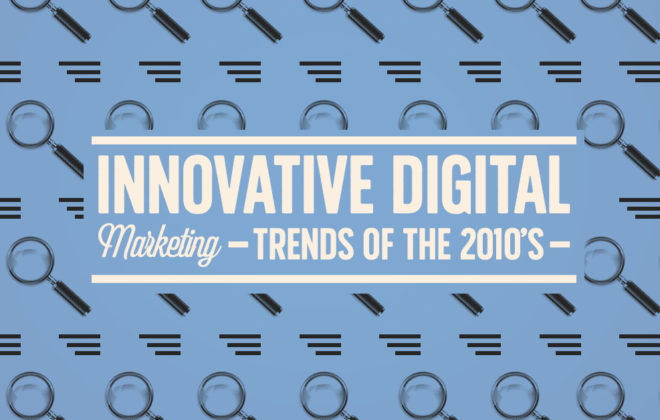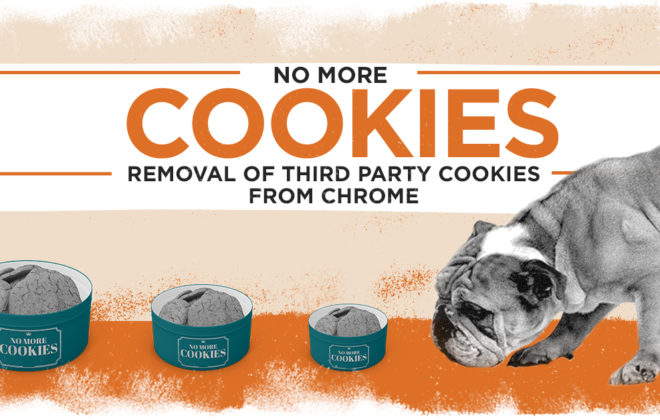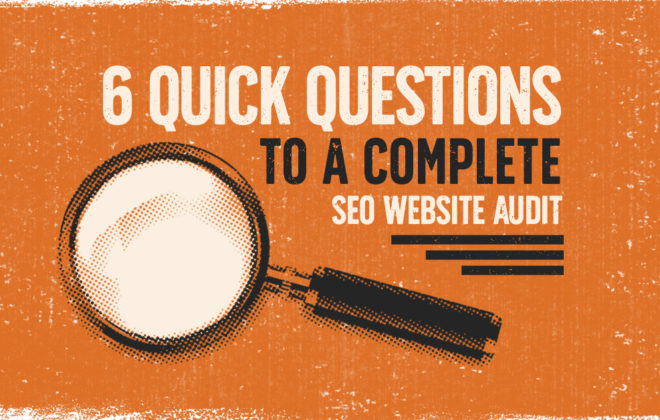
Know Your Data and Your Limitations
 Thanks to powerful data analytics, digital marketers are sitting on millions of pieces of data. It only takes seconds to pull together data from multiple sources and compile them into a real-time picture of what’s happening. However, to get the most out of this automated data collection, it is important to understand what kind of data is being utilized. Only with this information, can you drive positive ROI.
Thanks to powerful data analytics, digital marketers are sitting on millions of pieces of data. It only takes seconds to pull together data from multiple sources and compile them into a real-time picture of what’s happening. However, to get the most out of this automated data collection, it is important to understand what kind of data is being utilized. Only with this information, can you drive positive ROI.
Attitudinal Data
This data focuses on the consumers who are interacting with their products. This sort of data analyses browsing behaviors of consumers.
Example: The data for when consumers download your company’s guide via a landing page.
Example: The amount of time people spend on specific sections of your website.
Having information about this data can help make informed decisions about relevant messaging. This messaging includes emailing, PPC, social media, and additional touchpoints.
Conversion Funnel Data
This data understands the journey consumers take through an advertising system to convert.
Example: The data pointing to inefficient email marketing. Now the marketer has the resources to fix this user touchpoint and enable conversions.
Campaigns are complex and usually have many marketing departments. This data analysis segments and scans data to find out which channels are suffering by the metrics. With this knowledge, marketers can act fast to rework and improve touchpoints for users.
Customer Data
Customer data does exactly what the name suggests, it specializes in data for the consumers. This form of data customization enables consumer loyalty as opposed to the ‘batch and blast’ style of messaging, which can seem irrelevant and impersonal.
Example: Retail brands sending out push notifications via text or email to alert consumers that there is a flash sale as soon as they are in the vicinity of a store.
Since marketers have access to real-time data, they can pump out relevant messaging to their consumers. This drives out smarter and more efficient campaigns.
With all of these different forms of data at the disposal of marketers, the most important gain is that of knowing what precisely isn’t working. With all three types of data, marketers can fix issues within channels speedily. In the long run, this creates campaigns that are smarter for conversions.
If you would like to learn more about these types of data, read up about it here.
Paul Rakovich
Browse All PostsTell Us Your Goals
Recent Posts
- Google PMax: Get the Most Out of Your Ad Campaigns While Combating Fraud
- Lead Ads Don’t Have to Suck: How to Leverage Them Correctly
- Why More Expensive PPC Ads are Almost Always Worth It
- Unlock the Secrets of Organic CPA: The Ultimate Guide to Cost Per Acquisition
- Secrets We’ve Learned from Years Working with Paid Account Reps at Meta, TikTok, LinkedIn and Google


